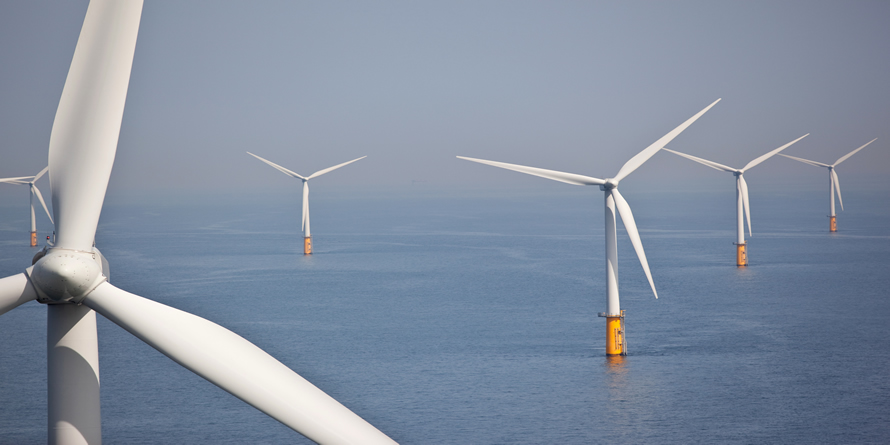Posted on: 10/10/2019
In this latest blog, Head of Sales for SmartGeneration, Angus Widdowson and Trading Optimisation Analyst Leo Burdorf, take a look at the results of the recent Contracts for Difference (CfD) auction and what the increased levels of wind generation mean for other assets on the energy system.
As the government’s main mechanism for ensuring the continued deployment of renewable generation, CfDs ensure that generators get paid an agreed strike price for each MWh of electricity produced. Dominated by offshore wind, the latest CfD auction cleared at an all-time low price, with some projects accepting a strike-price of £39.65/MWh. This represents a drop of around £18/MWh compared to the previous auction in 2017.
This has been attributed to innovation in the wind generation sector, enabling projects to be built at lower cost than ever before. A strike price of £39/MWh (2012) translates to around £45/MWh in 2019, which is not an unusually high price (the Day Ahead auction often clears above this level) and so from this perspective it could be argued that almost no subsidies are needed. However, regardless of how close to market prices this auction may have cleared, these types of generation still require the long-term certainty afforded by CfDs in order to secure financing, meaning that arguments for the removal of subsidy remain wide of the mark.
This auction also saw island wind projects awarded CfDs for the first time, which no doubt played a part in Ofgem’s decision to allow funding for a new 220MW transmission link between Orkney and mainland Scotland. This may not quite be the same as allowing onshore wind to compete fully in the auctions, but it is seemingly a step in the right direction. As long as onshore wind (and solar) are being excluded from the auctions, consumers are missing out on the lowest cost sources of renewables.
With wind being the major winner of subsidy support, it does of course bring new challenges for the energy system. Not least in terms of intermittency, but also frequency issues. Complimentary technologies are needed therefore to help renewables deploy further across the system.
Storage is of course part of the answer. With the ability to store power as needed, respond to requests for power in under a second and potentially carry out multiple cycles within a day, storage deployed on the network, co-located with generation or even behind-the-meter with consumers, will transform the way the grid is balanced and managed. National Grid could introduce an inertia product, for example, in order to address the issues caused by a loss of spinning reserve on the system, as renewables replace conventional plant. That said, the optimization of batteries, relying mainly on forecasting differentials between markets, is both complex and challenging.
In the meantime, meeting the changing needs of the grid requires that same flexibility offered by storage, but from a different source. Gas peakers therefore will have a role to play as we transition to net zero by 2050. These kinds of assets can respond quickly to the needs of the grid when the wind stops blowing and the sun stops shining, smoothing peaks in intermittency and helping to stabilise system frequency.
The increasing amount of opportunities are helping to make the business case for gas peakers too. Whilst already economically viable, the opening up of the Balancing Mechanism (BM) to distributed generation offers a new revenue stream beyond ancillary services. The fact that National Grid have recently created their own dedicated distributed energy resources desk for the first time shows just how important this is. In the last 3 years alone, gas peaker volumes in the BM have more than doubled. In 2017, BM peakers had total accepted volumes of 27GWh, which has risen to 55GWh in 2019 thus far, with the need for greater volumes expected as we approach the winter season.
To see how we can help you run your generation asset smarter, get in touch with one of the team or view our flexibility page here.
> Hear Angus and Leo discussing this topic in further detail in episode 2 of our Podcast

 United States
United States Australia
Australia






